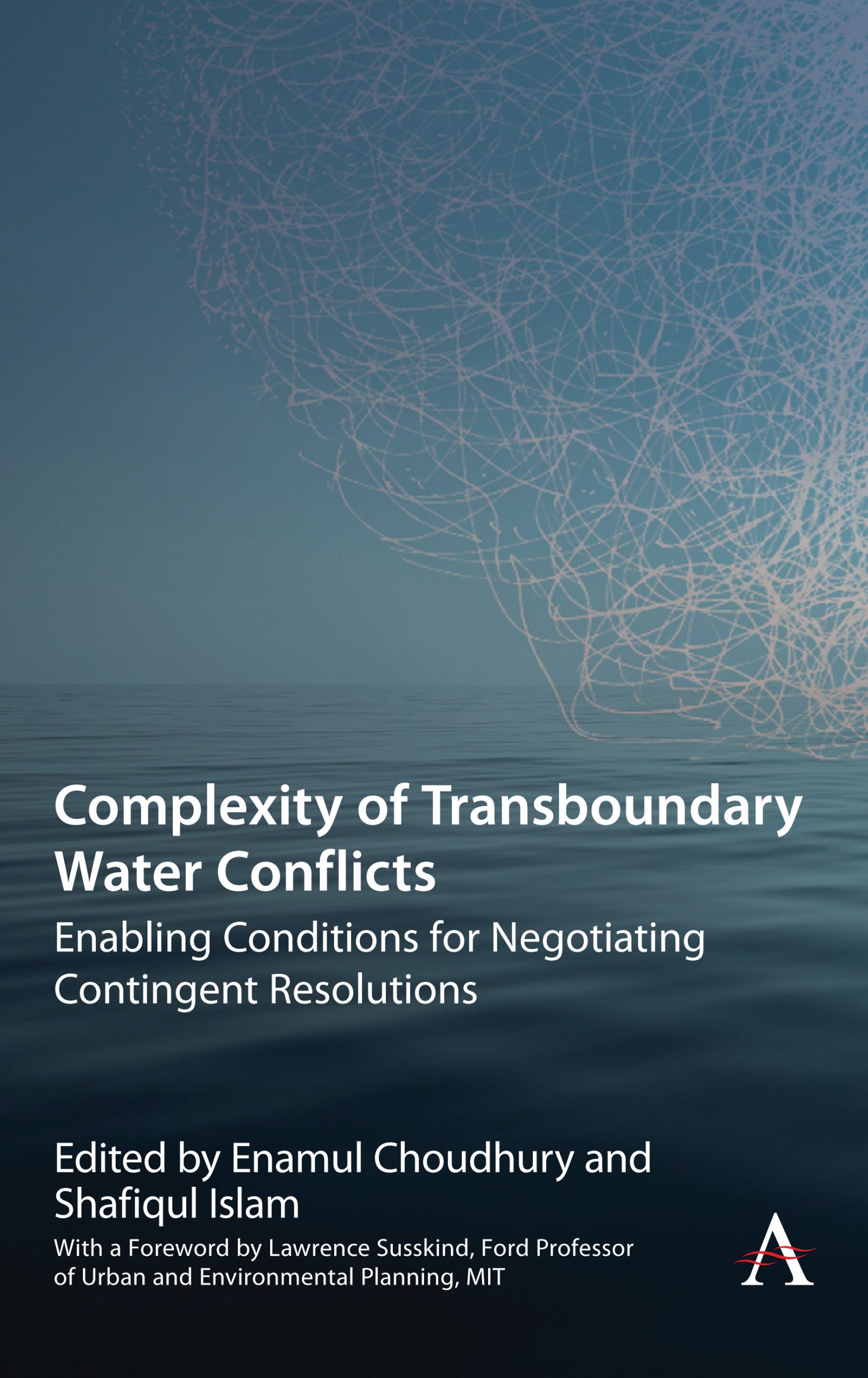Sustainability Made Simple: Small Changes for Big Impact
Review by Jungwoo Chun, Massachusetts Institute of Technology
What does sustainability mean to individuals in their day-to-day practice? How can individuals engage more directly and realistically with the idea of sustainability?
Sustainability Made Simple: Small Changes for Big Impact, by Rosaly Byrd and Lauren DeMates, Rowman & Littlefield, 2019, 216 pp.
Sustainability Made Simple is designed for those who are interested in learning what sustainability means to them. Sustainability is often linked with climate change and other environmental issues. What it means to individuals and day-to-day practices is less frequently discussed in much detail. Rosaly Byrd and Lauren DeMates do just that–putting people as agents of change, they offer ways for individuals to support the collective efforts towards sustainability. The book is for everyone who wishes learn how they can engage more directly and realistically with the concept of sustainability and the environment.
The book is organized in two parts. In part 1, the authors introduce the environmental problems we face collectively (i.e., air and water pollution, deforestation and climate change); provide examples of how governments, companies and other societal organizations are transitioning toward sustainability (i.e., making commitments and technological investments); and underscore why individual action is vital. Besides the fact that more than 60 percent of greenhouse gas emissions are contributed by household consumption, the authors describe what they call a shift towards a culture of sustainability that essentially supports collective efforts. They emphasize the importance of individuals taking small steps such as making consumption decisions more carefully, buying more sustainably grown products or actively monitoring electricity and water usage at homes. Part 2 offers various examples of these small changes individuals can achieve–opportunities to integrate sustainability into day-to-day practices.
What is most fascinating is how much of what appear to be low-hanging fruits can in fact be completely unnoticed or ignored. The detailed list of practices (ranging from cutting down on foods with the biggest environmental footprints to going paperless) provides an opportunity for individuals to perform a self-audit and identify what else can be done on a daily basis. Part 2 essentially offers a detailed recipe for individuals who desire to learn and apply the practices to their daily routines. While the book provides examples from multiple contexts (often international), it would be even more interesting to observe examples of how an accumulation of individual efforts engenders a culture of sustainability that in fact supports national or local-scale societal transitions towards sustainability.
The good news is that transitions to sustainability are still optimistic and easily relatable. The detailed accounts of what we can do as individuals are a testament to how the ideas of sustainability have evolved over time. As a reader, my hope is that more people around the world can invest 5-10 minutes of their time and try out a few daily practices described in the book. The combined effects cannot be readily measured or studied, but I have little doubt that the impacts will be enormous.





